User experience.
By design, Burson has built the Playmate 2 to act as the ‘hub’ of an all-digital desktop audio system, managing digital source inputs, analogue outputs, and volume attenuation. So what is it like to live with as your sole ‘do-all’ box? It’s pretty bloody great, actually. Having spent a good month or so using it as the sole source device on my desktop listening set-up, I genuinely enjoyed having it keep me company during listening sessions with a wide range of headphones, as well as upstream from a speaker amp.
I primarily listened to the Playmate 2 hooked up via USB to my laptop via Roon, which my Mac recognized immediately. I was also able to hook up my Android phone and use it as a source via USB Audio Player Pro, accessing both my onboard files on the MicroSD card as well as streaming via Tidal. I was extremely thankful for the inclusion of the optical input as well, pairing up the Playmate 2 with my Nakamichi CD player as well as my Xbox – those of you looking for a DAC/amp to use as not only a music playback device but also as an entertainment device will also be grateful for this.
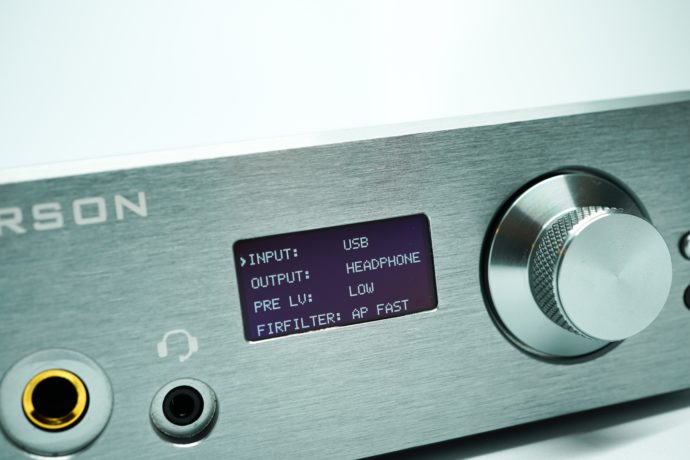
Accessing the device’s settings via the menu and click-wheel is reasonably intuitive – the menu allows you to change inputs, switch between headphone and pre-out settings (you can’t do both at once), switch between high and low gain settings, and a comprehensive range of digital filter settings. I’m not usually a huge user of digital filters, as they usually create very subtle if not imperceptible sonic differences – the Playmate 2 is no exception here, although the digital-tinkerers among you might enjoy this. I found that the remote was far more practical for switching between USB and optical sources on the fly, being much less cumbersome than using the volume-pot to change between settings. The diminutive remote (which is the same as the one included with the Conductor range) is both well-built and highly practical. While a majority of Playmate 2 owners will probably keep it at arm’s length on their desktop, it does mean that it can operate more practicably as a pre-amplifier in a hifi set-up. I usually kept the remote right on top of the unit simply to switch between sources speedily.
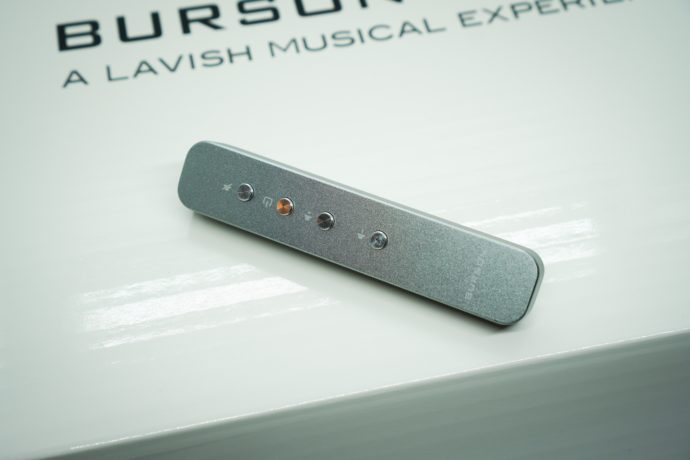
While you can change the volume using the remote, it’s far nicer to do so using the Playmate 2’s excellent stepped volume wheel. Machined out of solid aluminium, the knurled wheel is solid and gives precise control over volume, with the display clearing indicating volume levels between ‘00’ (mute) and ‘99’. It does take a bit of motivation to dial-up and down the volume range – particularly when using low gain. The volume steps are quite gradual, so you will need to do a bit of twisting to get to your desired volume level. Being a stepped attenuator, there is no problem whatsoever with channel imbalance, but I did find that the ‘low’ gain setting really wasn’t low enough. Using more sensitive headphones such as my Grado GH1 and Audio Technica ATH-WP900 I found that they got ‘loud enough’ at ‘01’ in low gain mode, and the 55-ohm Focal Clear was comfortable loud at ‘10’ in low gain. I would have liked to see a bit more range here for even moderately sensitive headphones. As for IEMs, well, this really isn’t the unit for you. Both the Grado GR10 and Meze 12 Classics exposed a noticeable noise floor in the Playmate 2 – it seems that this is a full-sized headphone situation only.
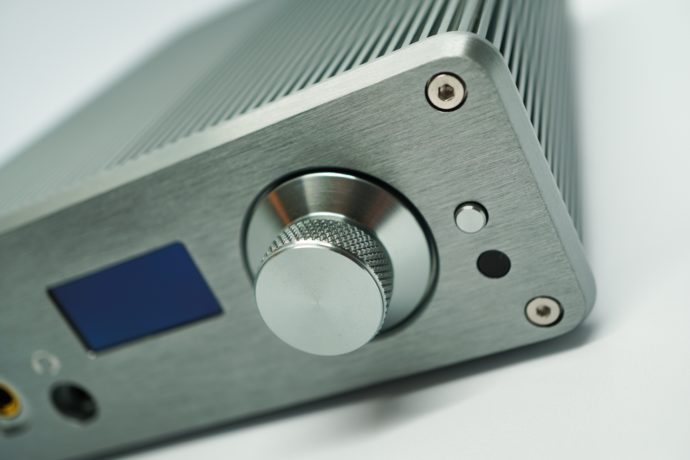
The microphone input really is a handy inclusion for gamers and those looking to use the Playmate 2 for an all-around communication device, with the microphone signal being recognized over USB by my Mac as ‘USB PnP Audio Device’. I have one small quibble with the 3.5mm input however – it is quite recessed, meaning that chunkier cable terminations might have trouble reaching it properly. You might find that you’ll need to use a 6.3mm adapter, or one half of the TRRS splitter to plug into the Playmate 2 (Grado cables won’t fit, FYI).
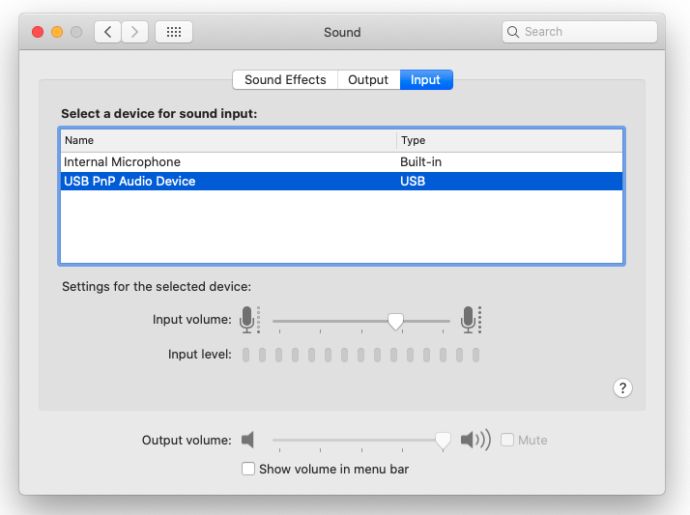
Being a Class-A device you might expect the Playmate 2 to get pretty hot during listening sessions, but its ‘Cool Case’ really does seem to work wonders. While amps like the Schiit Audio Asgard 2 can genuinely keep your cup of tea warm (please, don’t try it), the Playmate 2 only gives off the mildest warmth to the touch – it’s a pretty remarkable design feature.
One thing that I must point out is that the Playmate 2 makes a rather audible ‘blip’ in your headphones (and speakers, if using with a power amp) when switched off. The first time I switched it off while wearing headphones I did get rather startled – it sounds a bit accidental, almost as if it’s been accidentally unplugged. It does take a little bit of sheen off the otherwise faultless user experience of the Playmate 2, but users may need to get accustomed to unplugging their headphones before powering down the device.
All-in-all, the Playmate 2 a pretty simple device – digital audio goes in, and analogue sound comes out (oh, analogue sound also goes in if you’re counting the mic). It’s a terrifically streamlined and well-thought-out little unit with a great user interface. Putting aside the lack of analogue inputs and facilities for balanced headphones, it really is a nice all-in-one design. If you’re looking for a talented device to park on your desktop and avoid the complications of separate devices and the necessary cables that come with such an arrangement, then the Playmate 2 is well worth a look-in.
Head over to page 3 to continue the review.







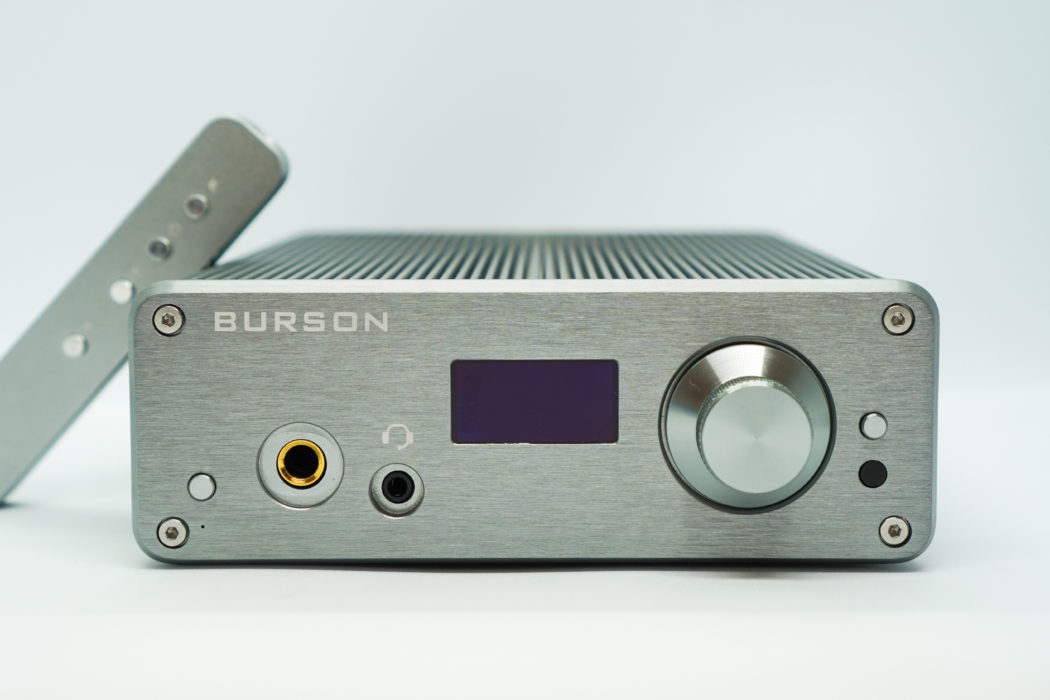
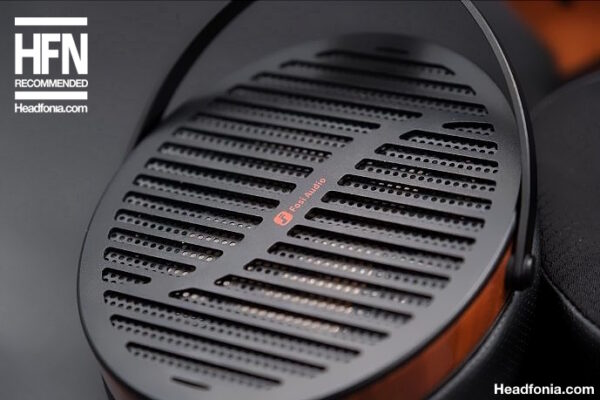
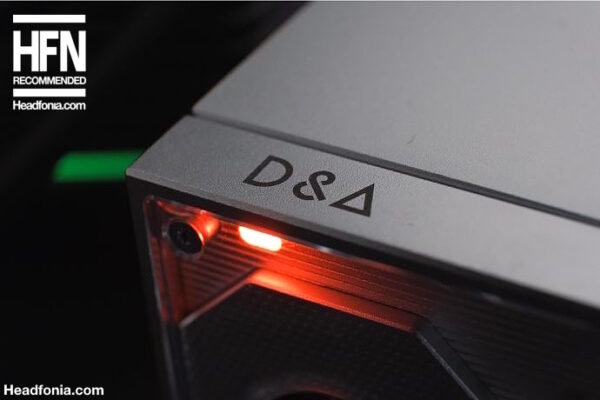
Ric
A great review Matty. I have the PM2 and love it and so does my Audeze LCD-1. One thing that came out twice in your review is the ability to change from high to low gain (and reverse) by using the menu function. From what I’d read I thought this had to be done via a switch inside the case. If you can change the gain from the menu could you give me (and others) instructions as to how to achieve it.
Matty
Thanks mate. If you look at the image of the menu on page 2 of the review, you’ll see an option for ‘Pre LV’ which is switchable between low and high.
Andy
This seems to be a relatively new product and there’s not many reviews foe it. I picked up the Playmate 2 today, having heard the Conductor through both my HD700 and Focal Clears. Really enjoyable sound. Conductor 3X was a bit out of my budget and was looking at Topping DX7 and whatnot.
Basically took a chance but after reading your review, glad to report that the buyers remorse is fading 🙂 the industrial language is really attractive.
stuart neill
Hi Andy,
I am considering a PLAYMATE 2 + Focal Clear combo…
Are you able to make fine adjustments to the volume when using your Focal Clears?
The review mentions “..and the 55-ohm Focal Clear was comfortable loud at ‘10’ in low gain. ”
– sounds like you can only use 0-10 (out of the 99 steps available)
This suggests there is limited ability to make fine adjustments to the volume level?
Matty
Hi Stuart, I don’t listen very loudly (+/- 75dB) so you ought to have plenty of usable range in low gain.
stuart
Hi Matty,
Thanks for your reply, so you used volume level 10 in low gain using Focal Clear to get to your comfortable level?
This limited volume range stills allows for fine adjustments?
It just seems quite limited versus the 0 -99 range available…
JDOG889
Great writing as per usual, Matty! Any thoughts on whether these would pair well with the Focal Radiance? Loving them so far off of my Qudelix dongle, but as I’m looking for a desktop solution, the only think I could ask for is more soundstage–which it sounds like this might provide.
Matty
Hi mate, I’ll report back in a day or two – I’ll give this combo a whirl.
Martin
Nice review Matty! I noticed you guyes have reviewed the Hifiman Ananda some time ago, but do you any idea if that headphone can pair up nicely with the Playmate 2 (are they a good match basically)? I looking to find a decent desktop amp for the Ananda so….
Matty
The Ananda is a pretty sensitive planar, I’m sure the Playmate 2 will make a great match with it.
Joshua
Hi Matty,
I wondering if you ever heard this with the Arya’s (v2) , looking to see if that would be a good pairing?
Thanks!
Matty Graham
I haven’t mate, but I’m pretty confident it’d be a pretty solid match.
Joshua
Thanks!
Catalin
Hi there
Any clue about how this would perform with a denon ah-d7200 please? I like burson a lot, just worried about being mid forward, over same ah-d7200 sound signature
Thanks
Michael
Thanks for the Test
But one question. I do not read anywhere on the internet and also not at burson on the data sheet the numbers for the analog preout, only 15ohm is written everywhere. How high is the voltage range of the preout then
Best regards
Matty Graham
Hi Michael, I’m not sure but the line-level signal it sends out sounds pretty strong, suggesting that it’s at least 2 volts.
Rafael
Hi Matty! I own a pair of Arya’s the V2’s and currently waiting for my Sennheiser HD 660s’s to arrive. Thinking to upgrade from my Magni/Modi stack to Playmate 2 as I really like the aesthetic of Burson brand. Will there be any significant improvement in sound for those 2 particular headphones in your opinion?
Mike
What you suggest for DAC/AMP with analogue inputs for vinyl listening?
Tony
Link to page two is broken (one redundant dot after “www”).
Thanks for the review, enjoying it just now.
Lieven
Thanks! Corrected
Dom Jelly
Hi Matty
You say that the Senheisser HD 650’s aren’t the best match, is that also true of the HD660s2’s?
Thanks so much
Dom
Lieven
Unfortunately Matty is no longer part of the Headfonia writing team